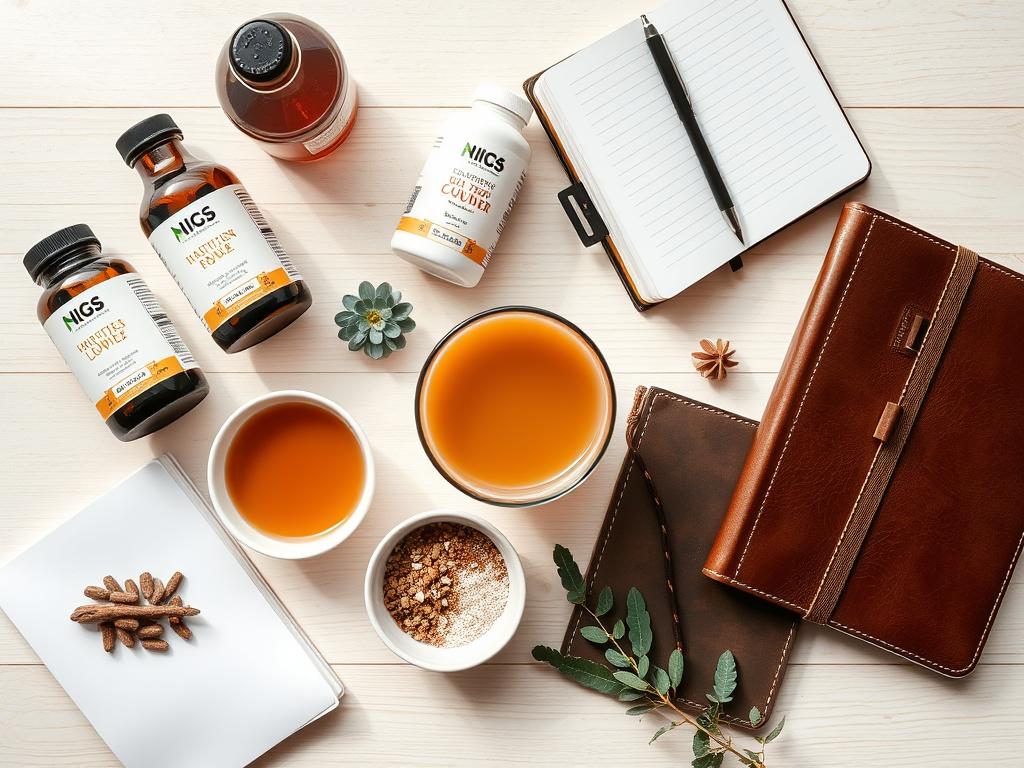Introduction
Locust bean gum (LBG), also called carob bean gum, is a natural, plant-based hydrocolloid from the seeds of the carob tree (Ceratonia siliqua). It’s prized for building creamy body, stabilizing emulsions, and improving freeze–thaw tolerance—especially in dairy and frozen desserts. This guide covers what LBG is, how it’s made, key applications, and pro tips.
Table of Contents
Quick Answers About Locust Bean Gum
Culinary Uses of Locust Bean Gum
Benefits & Functional Properties
Common Pairings (Compatibility Matrix)
Quick Answers About Locust Bean Gum
Is locust bean gum the same as carob?
No. Carob usually refers to the sweet pulp of the pod, while locust bean gum comes from the seed endosperm. They are related but not identical ingredients.
Does locust bean gum hydrate in cold water?
Not completely. LBG hydrates best when heated, which helps it reach full viscosity and functionality in recipes.
Is locust bean gum vegan and gluten-free?
Yes. LBG is plant-derived, naturally gluten-free, and has a neutral flavor, making it suitable for vegan diets.
What’s special about LBG and xanthan gum together?
They show strong synergy, creating elastic, stable gels and luxurious textures at very low usage levels. This combo is popular in ice creams and sauces.
Will LBG improve ice cream texture?
Yes. It reduces ice crystal growth, improves creaminess, and enhances melt resistance, especially when blended with other gums.
How should I store locust bean gum?
Keep it in a cool, dry, airtight container away from humidity and odors. Most suppliers list a shelf life of 18–24 months unopened.
What is Locust Bean Gum?
LBG is a galactomannan polysaccharide extracted from carob seeds. It thickens and stabilizes foods, and it shows powerful synergy with other gums—most famously xanthan and κ-carrageenan—to create elastic, scoopable textures in ice cream, dairy gels, and more. LBG hydrates best with heat for full functionality.
How is Locust Bean Gum Made?
- Harvest: Carob pods are collected; seeds are separated from the sweet pulp.
- Dehull & Split: The tough husk is removed to access the endosperm.
- Mill & Purify: The endosperm is ground, screened, and standardized into food-grade LBG powder.
Culinary Uses of Locust Bean Gum
- Ice Cream & Frozen Desserts: Reduces ice crystals; improves scoopability and melt resistance.
- Yogurt & Dairy: Adds creamy body and helps prevent whey-off.
- Gluten-Free Baking: Enhances moisture retention and crumb softness.
- Sauces & Dressings: Builds viscosity, improves cling, and stabilizes emulsions.
- Confectionery & Fruit Preps: Provides smooth, elastic textures in gels and fillings.
Benefits & Functional Properties
- Heat-activated hydration: Full viscosity on heating; stable, creamy textures.
- Synergy: Strong interactions with xanthan and κ-carrageenan for elastic, gelled systems.
- Freeze–thaw performance: Helps control ice crystal growth in frozen foods.
- Clean label: Plant-based, gluten-free, neutral flavor.
- Low use levels: Efficient thickening and stabilization at small dosages.
Common Pairings (Compatibility Matrix)
LBG often pairs with:
- Xanthan Gum → Elastic, stable gels and creamy viscosity at low levels.
- κ-Carrageenan → Scoopable, elastic dairy gels and improved melt control.
- Guar Gum → Balanced body and improved freeze–thaw in desserts.
👉 See the full Hydrocolloid Compatibility Matrix for more pairings.
Usage Tips & Starter Rates
- Disperse first: Premix with sugar/dry ingredients; shear into liquid to avoid lumps.
- Hydrate hot: Heat to fully develop viscosity (typ. 75–90°C depending on system).
- Starter levels: 0.1–0.4% for sauces/dairy; 0.2–0.5% for frozen desserts (optimize with blends).
- Blend smart: Combine with xanthan or κ-carrageenan for gel strength and scoopability.
Where to Buy Locust Bean Gum
Find food-grade LBG and companion hydrocolloids for R&D, culinary, and production at Cape Crystal Brands.
Not all hydrocolloids behave the same way. Some are best for building viscosity and stabilizing liquids, while others are true gelling agents that create firm or elastic structures. A few can do both, depending on the partners they’re combined with. The table below highlights the difference between thickening and gelling functions at a glance:
Thickening vs Gelling Function of Hydrocolloids
Full Companion Table| Hydrocolloid | Primary Function | Notes |
|---|---|---|
| Xanthan Gum | Thickener / Stabilizer | Shear-thinning; excellent for sauces and dressings. |
| Guar Gum | Thickener | Adds viscosity in cold and hot systems; synergizes with xanthan gum. |
| Locust Bean Gum | Thickener + Gel Synergist | Alone it thickens; forms gels in synergy with carrageenan or xanthan. |
| Carrageenan (Kappa) | Gelling Agent | Firm, brittle gels; works with potassium and dairy proteins. |
| Carrageenan (Iota) | Gelling Agent | Forms soft, elastic gels with calcium; good freeze–thaw stability. |
| Agar | Gelling Agent | Strong, brittle gels; sets at high temp and remains stable when reheated. |
| Pectin (HM) | Gelling Agent | Gels with sugar + acid; used in jams and jellies. |
| Pectin (LM) | Gelling Agent | Forms gels with calcium; ideal for low-sugar products. |
Frequently Asked Questions
Is locust bean gum the same as carob?
No. “Carob” usually refers to the sweet pod pulp; LBG is made from the seed endosperm.
Does LBG hydrate in cold water?
Not fully. It hydrates best with heat to achieve full viscosity and functionality.
Is LBG vegan and gluten-free?
Yes. It’s plant-derived with a neutral flavor and is naturally gluten-free.
What’s special about LBG + xanthan?
Together they form elastic, stable gels and luxurious textures at low use levels.
Will LBG help my ice cream texture?
Yes. It limits ice crystal growth, improves body, and enhances melt resistance—often in blends.
How should I store LBG?
Cool, dry, airtight storage away from humidity and odors; check supplier specs (commonly 18–24 months unopened).





